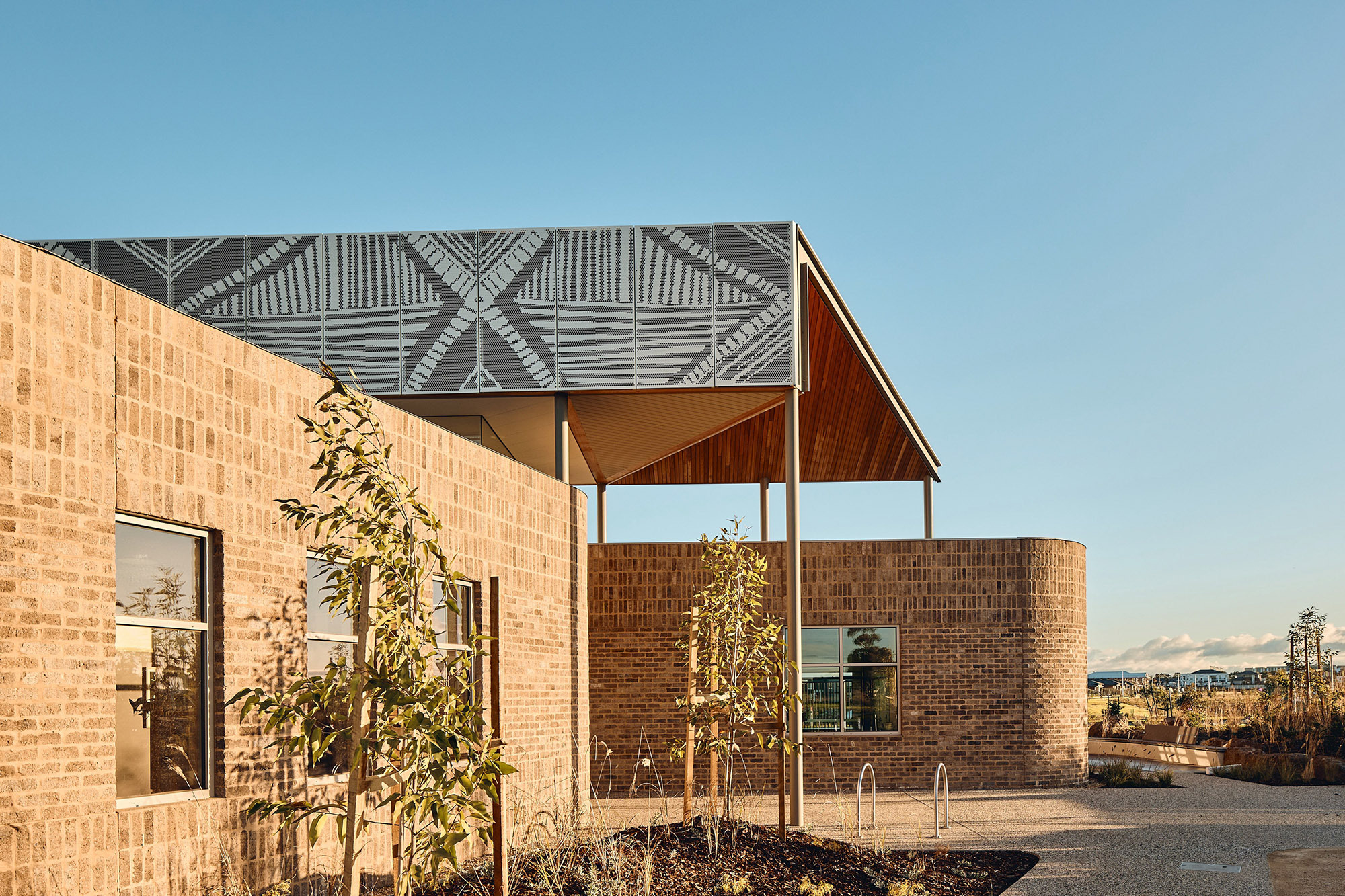Councils reap rewards from new community centre models
New community centre models developed in some of Australia’s fastest-growing corridors are paying dividends to local councils, delivering significant social, health and economic benefits.
Jasmax Principal Jeff Gabriel has worked on community infrastructure at all scales, including the award-winning Dianella Community Centre and the Truganina Community Centre, both with Wyndham City Council’s Coordinator for Social Infrastructure, Sport and Recreation, Andrew Mitchell.
Below, Gabriel discusses how new models focus on precinct activation and re-writing the traditional brief to expand the function of a community centre beyond standard programming and service provision. This is particularly relevant to councils in outer-metropolitan growth corridors.
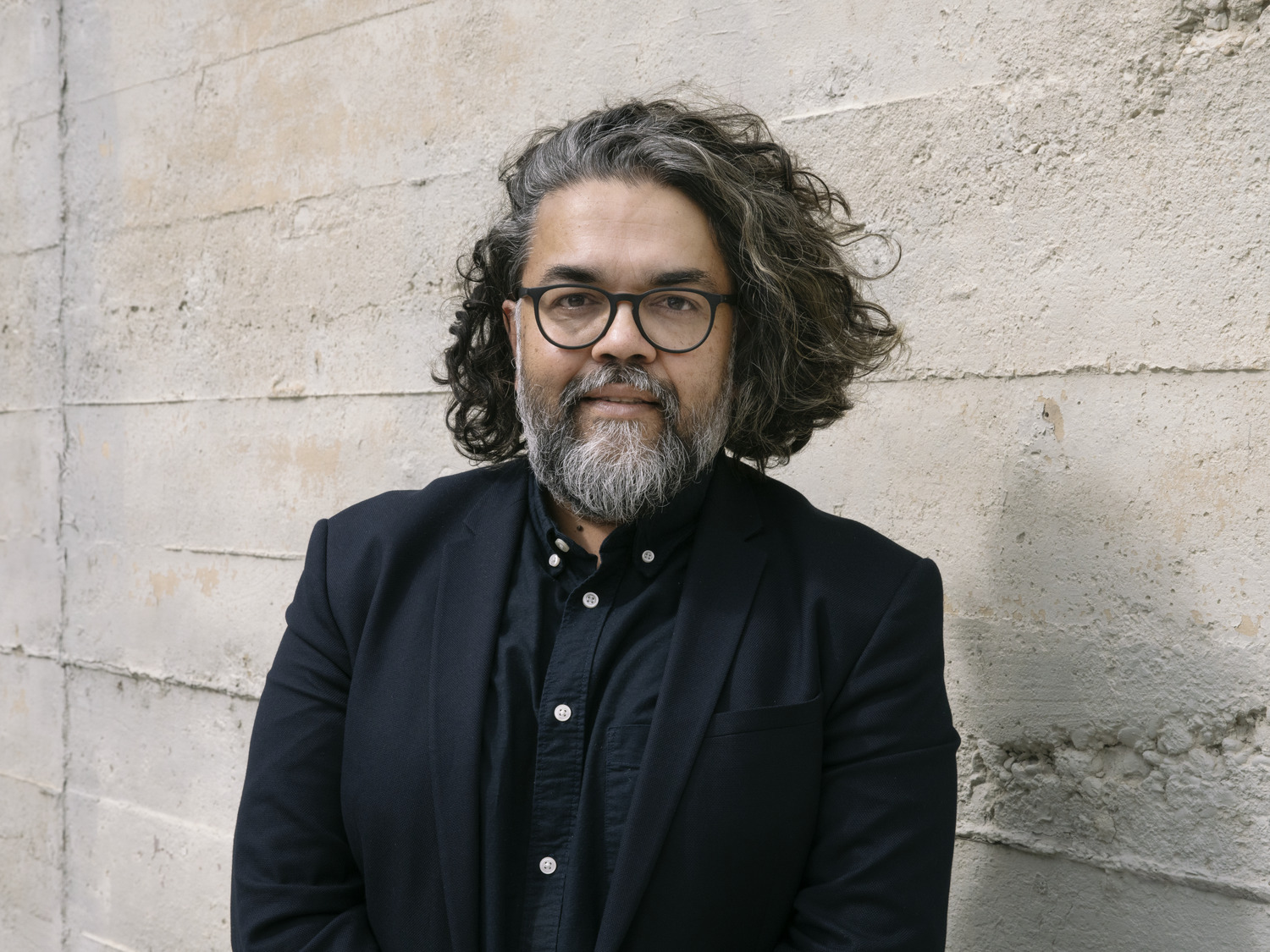
“Culturally and language-diverse communities have played a big role in the growth of the outer metropolitan fringe of Australia’s major cities,” says Gabriel. “A lack of existing infrastructure can leave these communities prone to social isolation and cultural displacement.”
“Research proves that a lack of social connection can lead to profound and adverse health impacts. That’s where great community centres can make a difference.”
Mitchell agrees. He says the new models work because they increase visitation. “People feel safe and comfortable going to these centres. They have spaces where people can come, sit down, have a chat, read a book. The outcome is stronger, connected, more resilient communities.”
Gabriel says the key is aligning site, community needs, brief and design through early architect engagement and community consultation. He offers the following guidelines for maximising the value of investment.
1. Site selection — test early and activate the precinct
The new model for community centres relies on precinct integration to boost activation. Stitching the facility into the fabric of the town centre ensures it has high visibility and creates a conduit that connects adjacent sites.
At Truganina Community Centre, planning and design were shaped by proximity to the nearby schools, retail hub, health services and public transport interchange. The new facility has become central to community activities, supported by a distinctive architectural form that visually reflects its users and place. Creating a new precinct landmark, it helps establish a sense of identity and pride for the evolving community.
When planning a community centre, engage architects early to undertake site testing. Investing in testing years before construction commences ensures that sites can support community needs over time and will activate the wider precinct to amplify future returns.
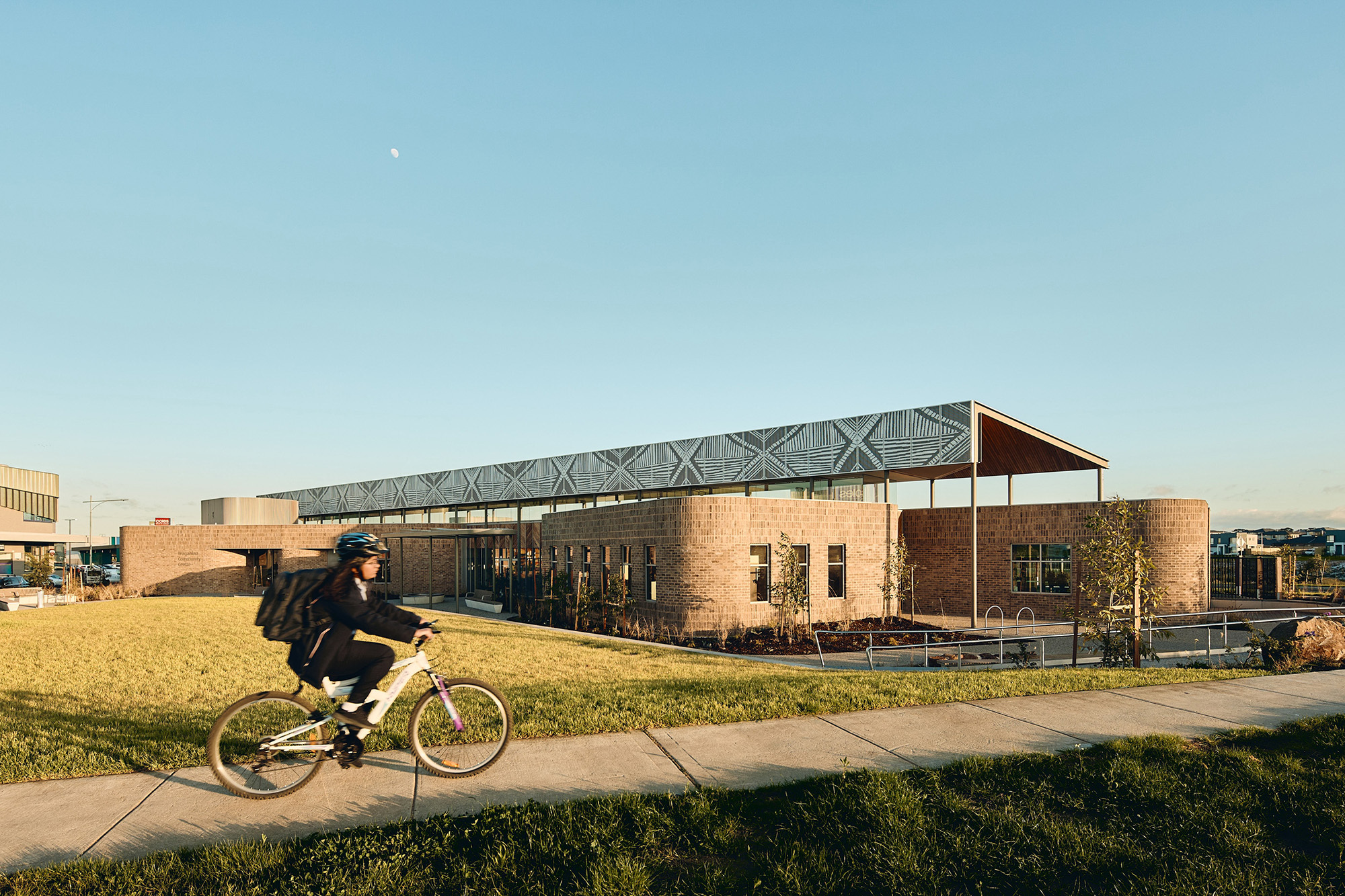
2. Listen to the community — write a winning brief
The starting point for the design of community infrastructure is the community itself. No two are the same, and early community consultation tests the project scope and informs a brief that accurately captures specific needs.
Who lives in the community and what are they missing? What are their unique challenges and aspirations? What is the Indigenous heritage of the place? Listen first, then present back what’s been learned to gain trust, give people agency to shape the design, and build a sense of ownership.
At Truganina, the community wanted expanded opportunities for cultural learning, literacy and exchange. They asked for a place to talk about their culture, teach their children to read in their language, and learn more about others.
Through this meaningful engagement, the council added library services to the brief and delivered a highly successful centre where all the requested activities can occur. In addition, a shared staff room brings together staff from different services. This can help staff support each other and share information to better understand centre users and their needs.
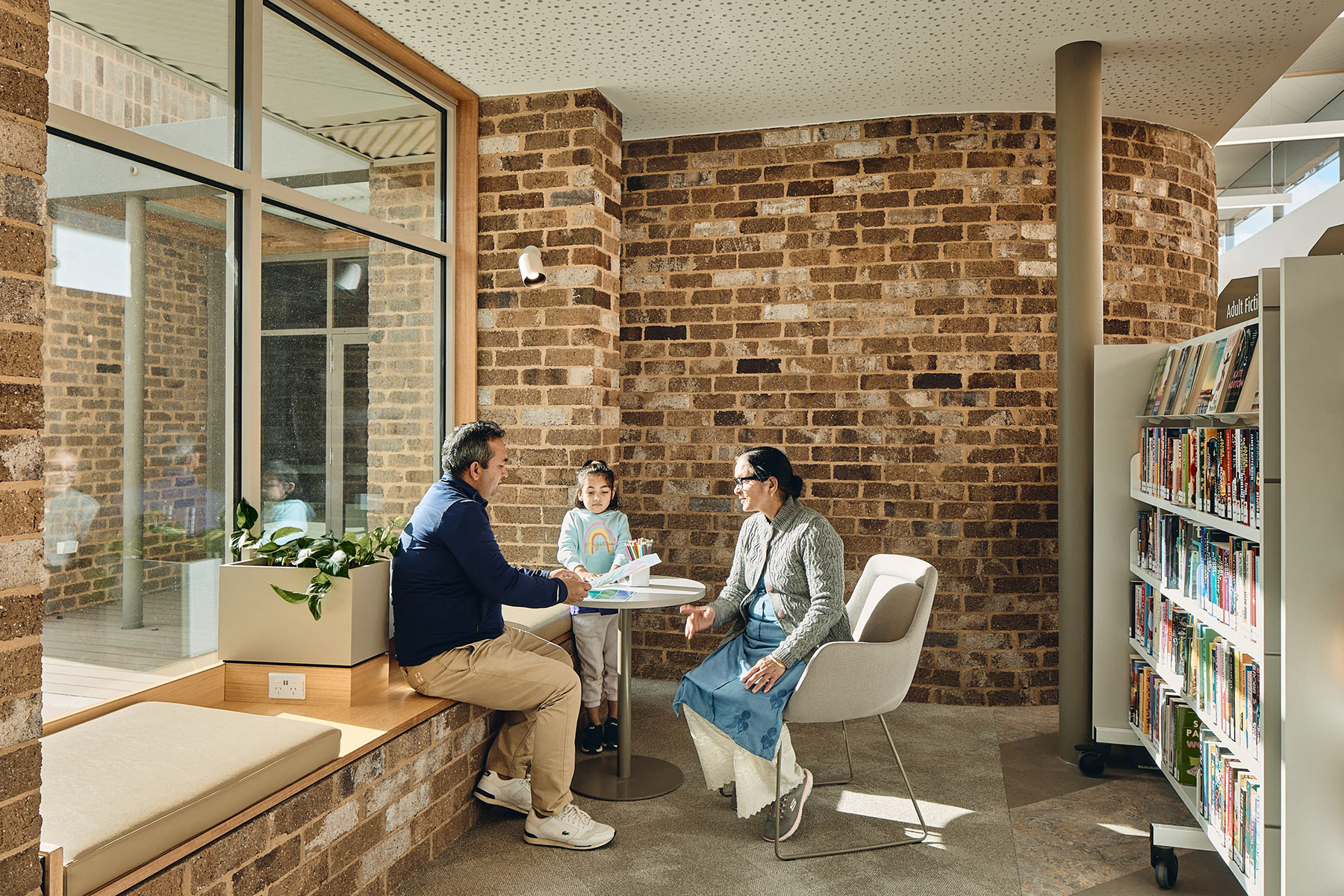
3. Invite people to linger — add ‘soft edges’ and a free cuppa
Community centre activities traditionally take place inside the building. From health clinics and early childhood education to ESL classes and yoga, people come for a programmed purpose and then leave.
New community centre models invite people to linger longer by providing a variety of non-programmed spaces. At Dianella, communal lounges with free tea and coffee encourage people to slow down, bump into each other and start a conversation. ‘Soft edges’ around the outside of the building — gardens, courtyards, landscaping and verandas — provide places to sit and enjoy the company of others, or host events like markets.
Welcoming outdoor spaces resonate with an older demographic, often the most displaced community members. For these people, along with young adults, the community centre becomes a place to spend time with their peers without the need to spend money.
Providing additional spaces and hospitality may sound like an unnecessary expense. However, when community networks grow organically, it takes pressure off the council to spend money on programming and on issues that arise from a lack of social cohesion.
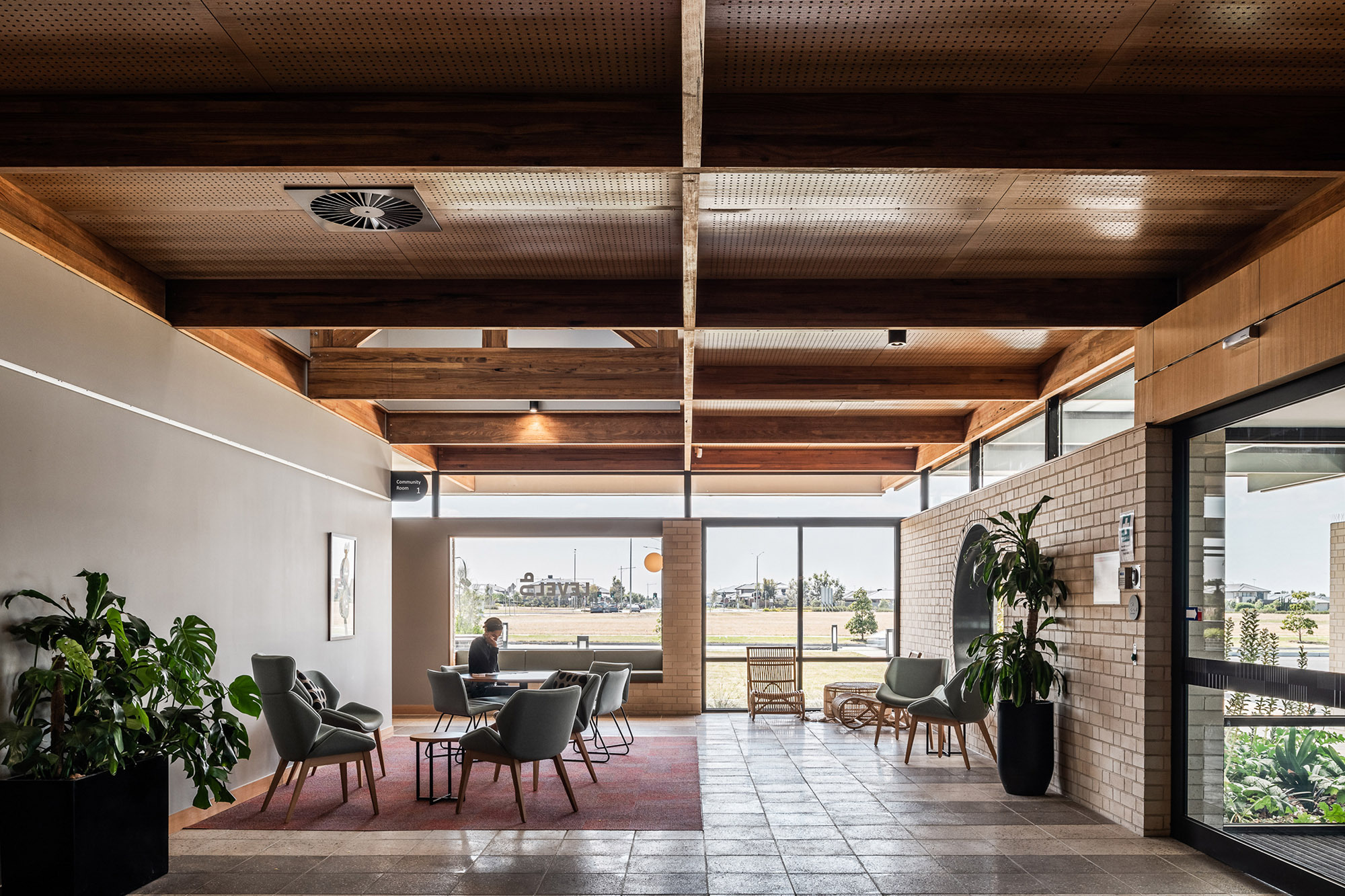
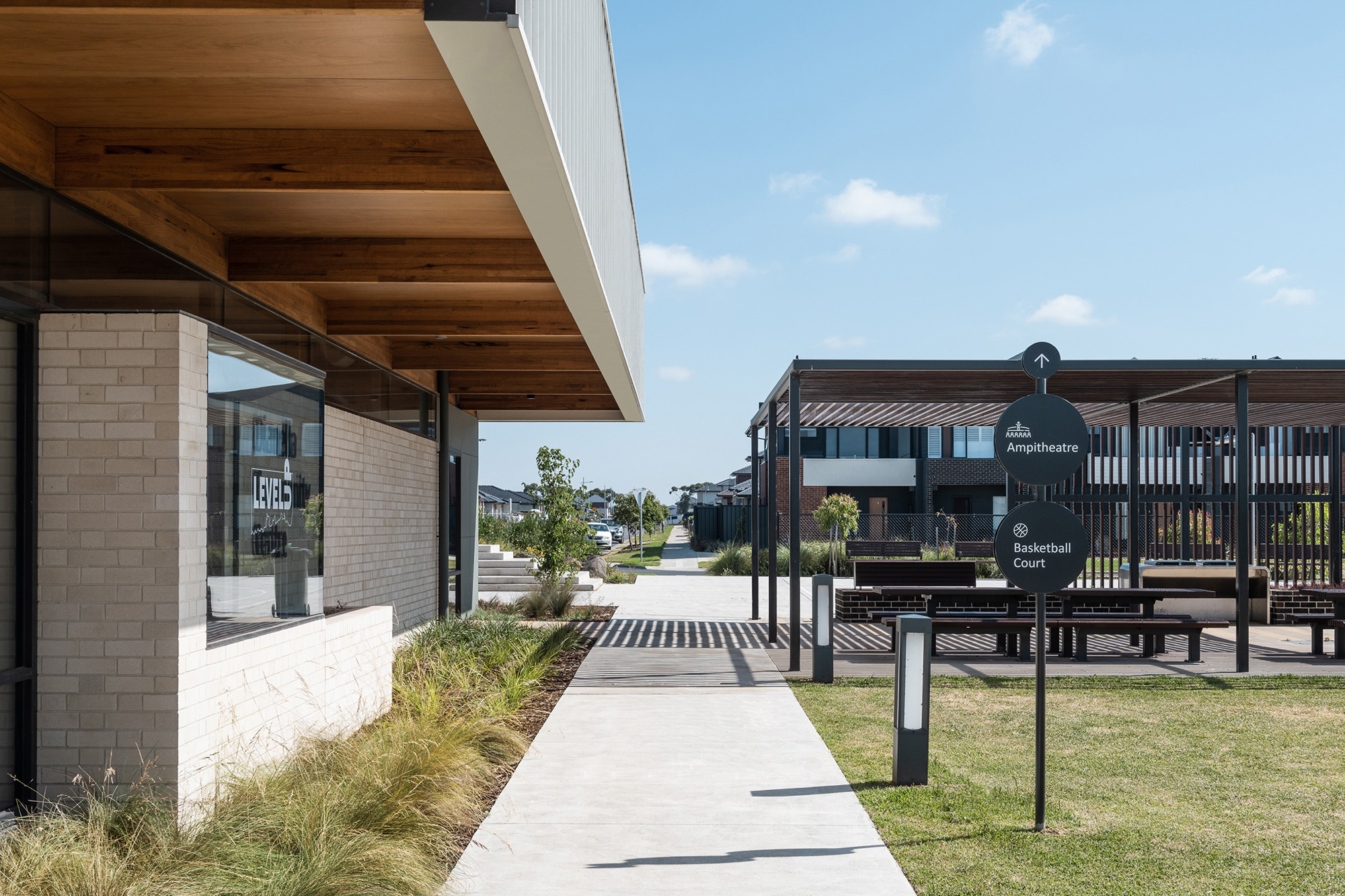
4. Invest wisely — shape the future
With any construction project, cost and budget are critical. However, an over-emphasis on efficiencies can be a missed opportunity. Quality architecture, materials, landscaping and art reflect the value placed on the community and set a benchmark for future developments. Balance your budget and timeline against realising the full potential of your community centre as the beating heart of your healthy town or suburb.
